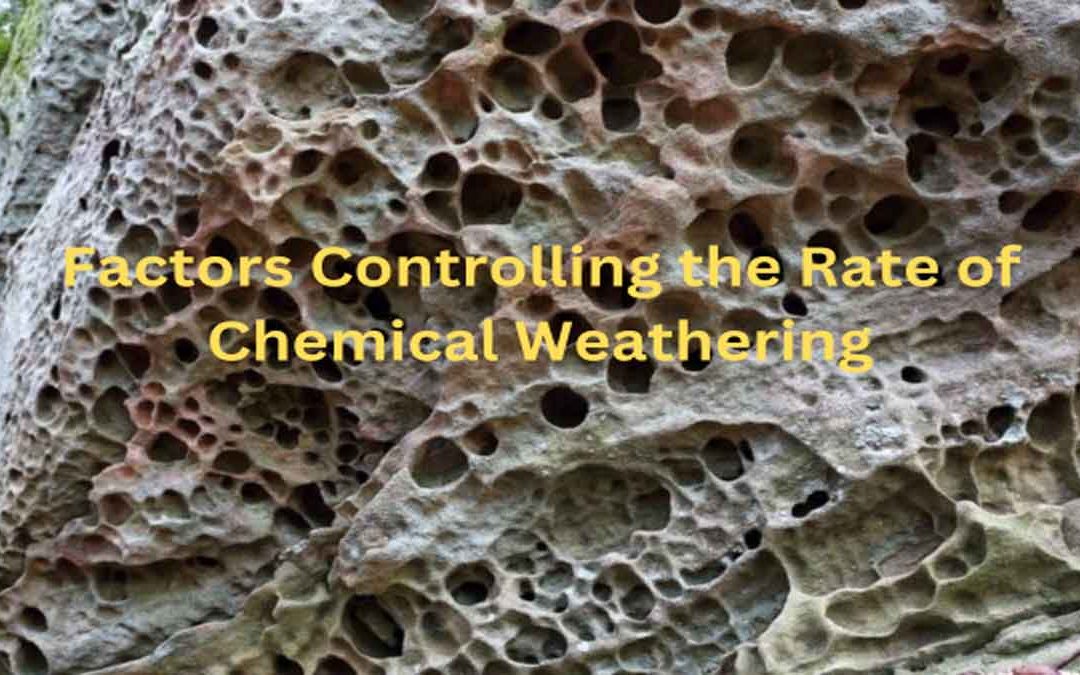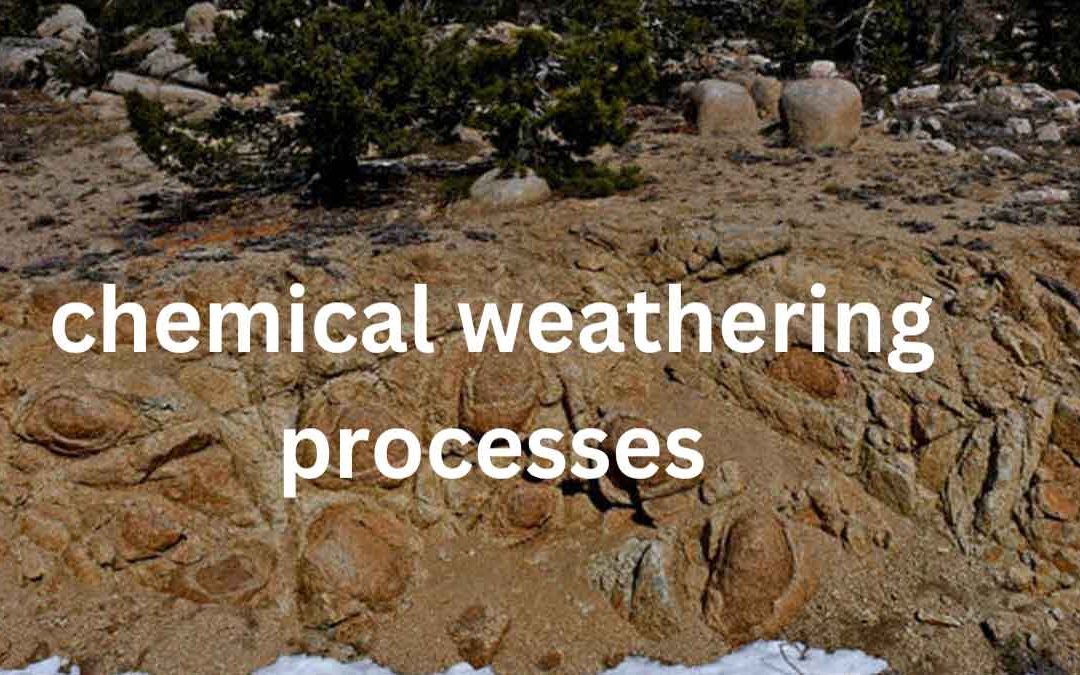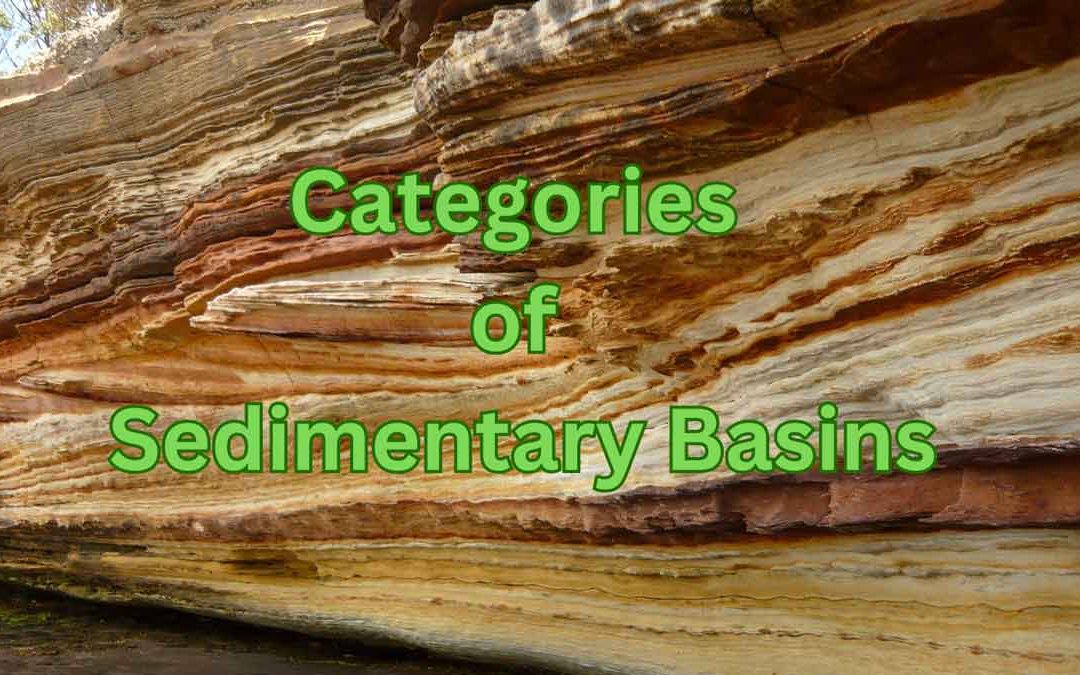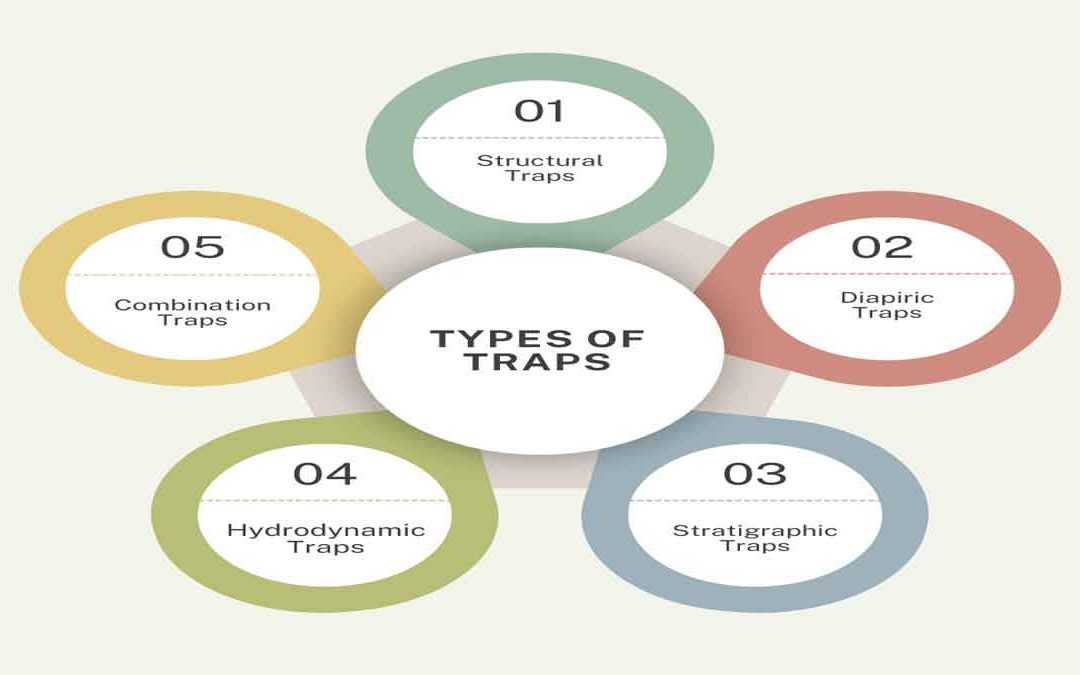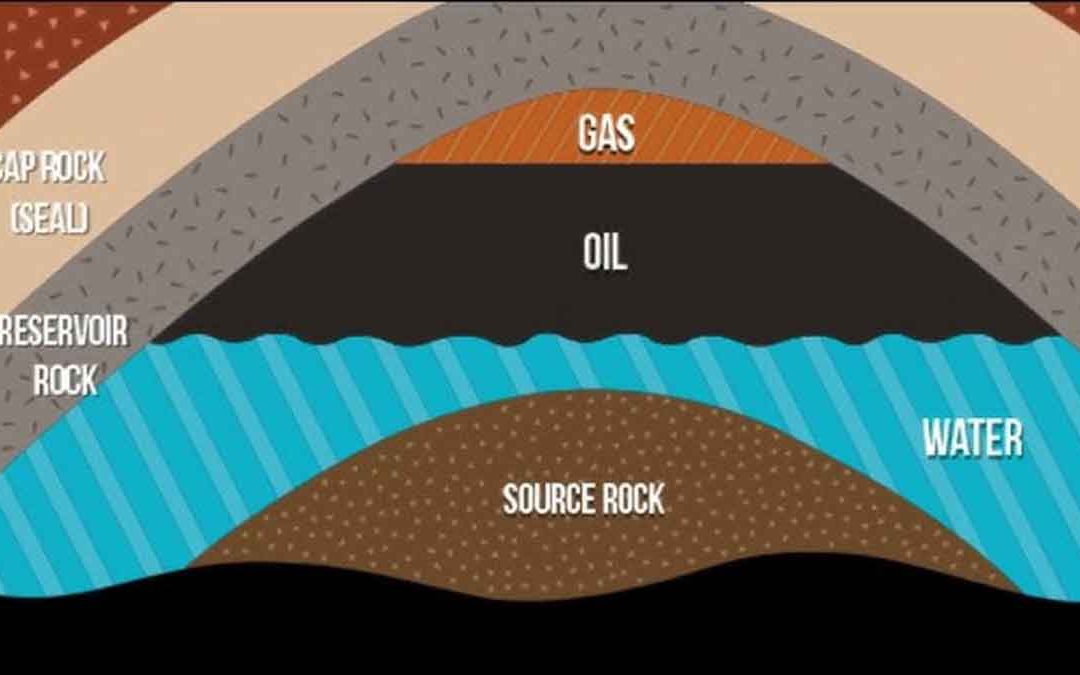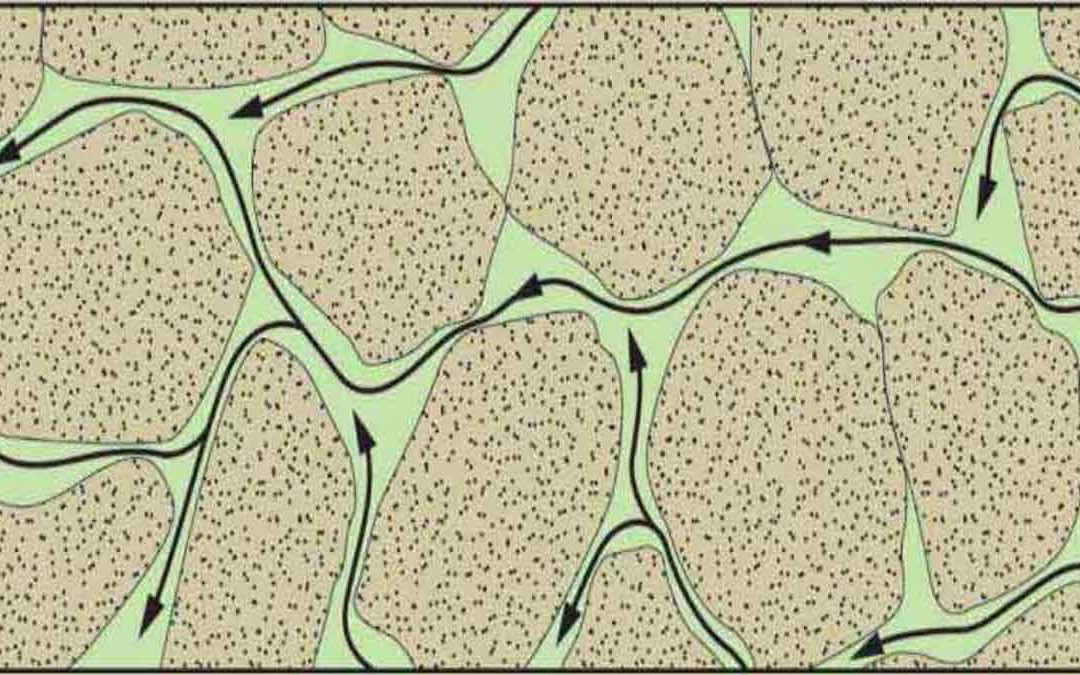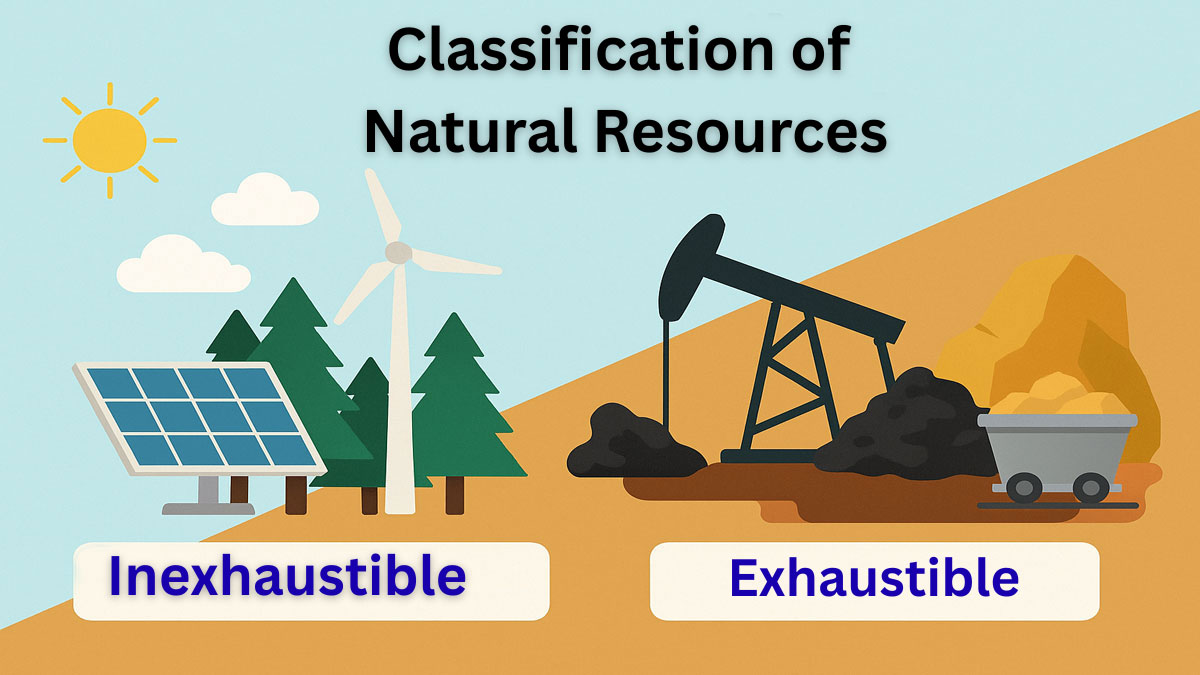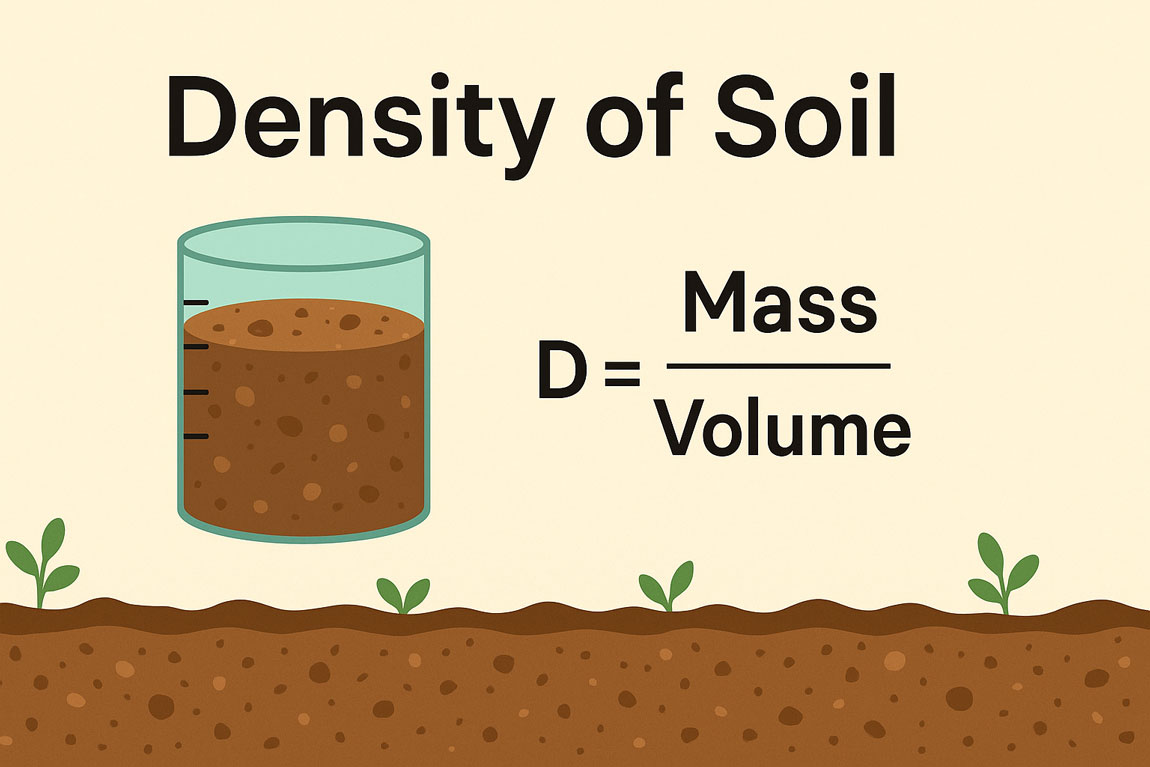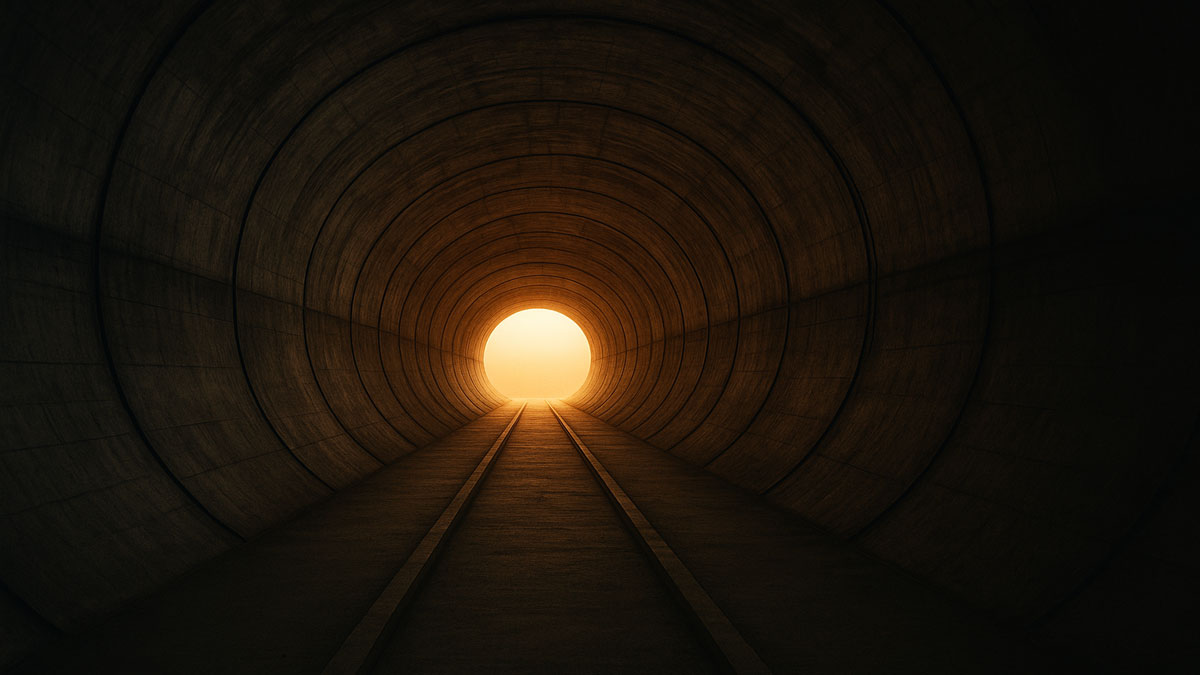
by Gelogia Team | Mar 25, 2025 | Physical Geology & Geomorphology
The rate of chemical weathering isn’t the same everywhere—it depends on factors like climate, rock type, water flow, and biological activity. Warmer, wetter conditions speed up reactions, while fractures in rocks allow water to seep in and break them down over time....

by Gelogia Team | Mar 24, 2025 | Physical Geology & Geomorphology
Chemical weathering involves the chemical breakdown of bedrock and the formation of new mineral products. A detailed treatment of the processes in chemical weathering is found in Anderson and Anderson (2010, p. 183–202), and a very brief overview is provided here. The...

by Gelogia Team | Mar 23, 2025 | Physical Geology & Geomorphology
Sedimentary basins are morphotectonic depressions on Earth’s crust, which accumulate a considerable amount of sediments over geological time. Sedimentary basins are the repositories of a great volume of economic deposits, including hydrocarbons, coals, groundwater,...

by Gelogia Team | Mar 20, 2025 | Physical Geology & Geomorphology
Types of traps are geological structures that retain hydrocarbons, preventing further movement. They include structural, diapiric, stratigraphic, hydrodynamic, and combination traps formed by rock deformation, sediment movement, or water flow. Understanding these...

by Gelogia Team | Mar 14, 2025 | Physical Geology & Geomorphology, Uncategorized
Source Rocks: A Petroleum source rock is defined as any rock that has the capability to generate and expel enough HC to form an accumulation of oil or gas. A potential source rock is one that is too immature to generate petroleum but will form significant quantities...

by Gelogia Team | Mar 13, 2025 | Physical Geology & Geomorphology, Uncategorized
Permeability: Permeability is the ability of fluids to pass through a process material. It is measured in millidancy (MD) or Darcies (D) and expressed by k. According to Darcy’s law, Where, Q = Rate of fww K= Permeability (p1-p2) = Pressure drop across the sample A =...
